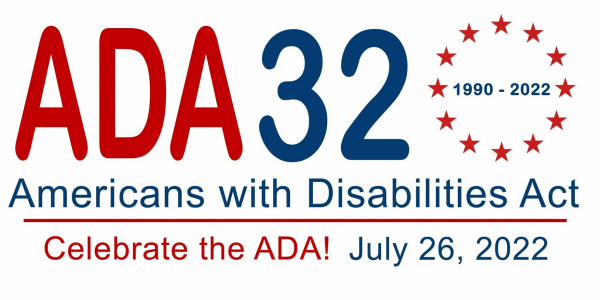
Image Credit: ADA National Network (adata.org) 1-800-949-4232.

Image Credit: ADA National Network (adata.org) 1-800-949-4232.
DRM has continued its campaign to educate the public, including legislators, to put pressure on the state’s paratransit provider to respond to rider complaints. Paratransit is a shared-ride public transit service for individuals with disabilities who have difficulty riding fixed-route public transit. The service is an important piece of protecting the right of people with disabilities to have equal and meaningful participation in their communities.
In our state, the Maryland Transit Administration (MTA) oversees MobilityLink paratransit service. MobilityLink riders use the service to get to work or class, as well as medical appointments, religious worship, and visits with loved ones. Sadly, MobilityLink has failed its riders, who commonly report serious issues with the service, including:
If you are interested in sharing your story with your Maryland elected officials, local council people, and MTA officials, please see the below sample letter, which includes space to include your own story or words. The following links will help you share your story:
Thank you for taking the time to inform and educate the public about the current state of MobilityLink and issues impacting people with disabilities!
Dear Elected Official:
I would like to tell you about the Maryland Transit Administration’s (MTA) paratransit, MobilityLink, a very important service meant to provide transportation to people with disabilities who have difficulty using other types of transportation, like the bus, light rail, and metro. As you may know, Maryland’s MobilityLink service underperforms compared to the other types of public transportation services being run by the MTA. This failure endangers the health and safety of riders and violates the Americans with Disabilities Act.
Marylanders with disabilities who use MobilityLink live busy lives—they have things to do, and places to be. MobilityLink is the only means of transportation for many riders, who often lack access to their own vehicle. Without reliable transportation, Marylanders with disabilities cannot travel to work, attend class, receive medical care, visit loved ones, and participate in religious worship. MobilityLink should protect the right of people with disabilities to participate equally in their communities, but the service has failed to do so.
Poor MobilityLink service really hurts riders. Whether day or night, rain or shine, riders are left stranded because their ride is late or not coming at all. Riders traveling for medical services miss care, contributing to negative health outcomes. Disturbingly, the MTA has no back up service in place to locate and assist stranded MobilityLink riders. Since MobilityLink service is so unreliable, many riders report a fear of leaving home, only traveling when absolutely necessary.
[Please use this space if you would like to add your own thoughts or personal story.]